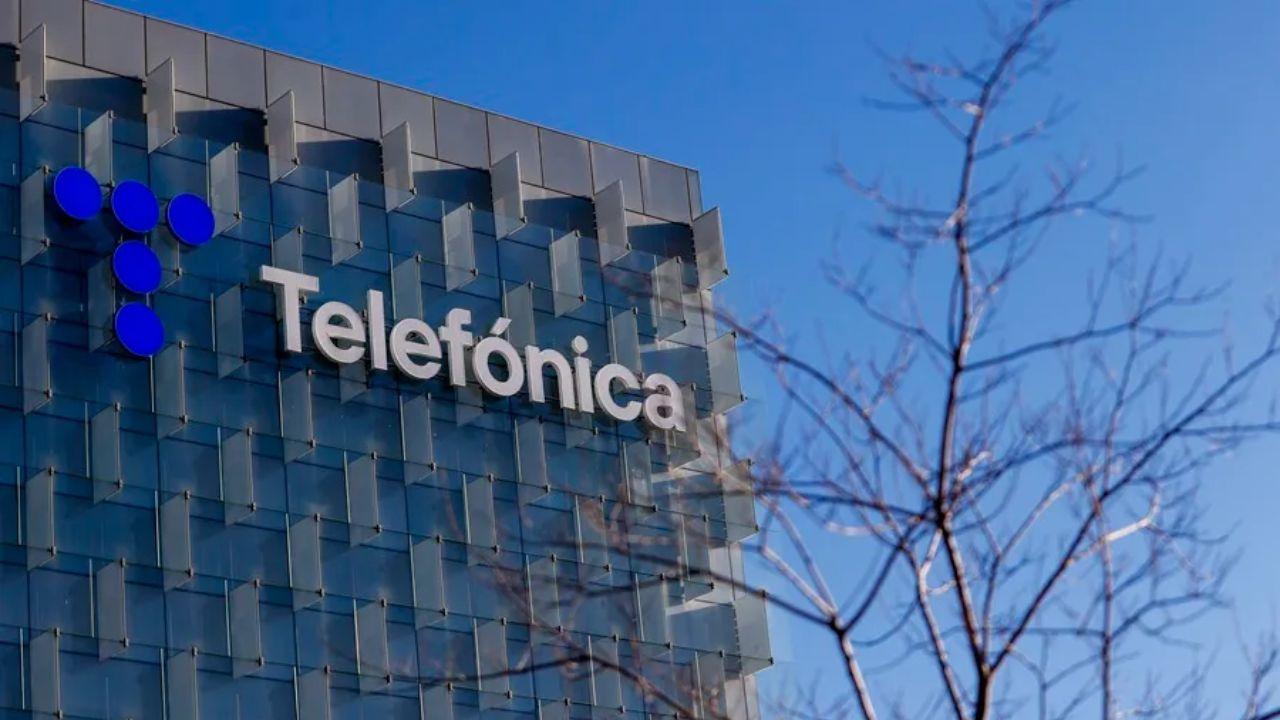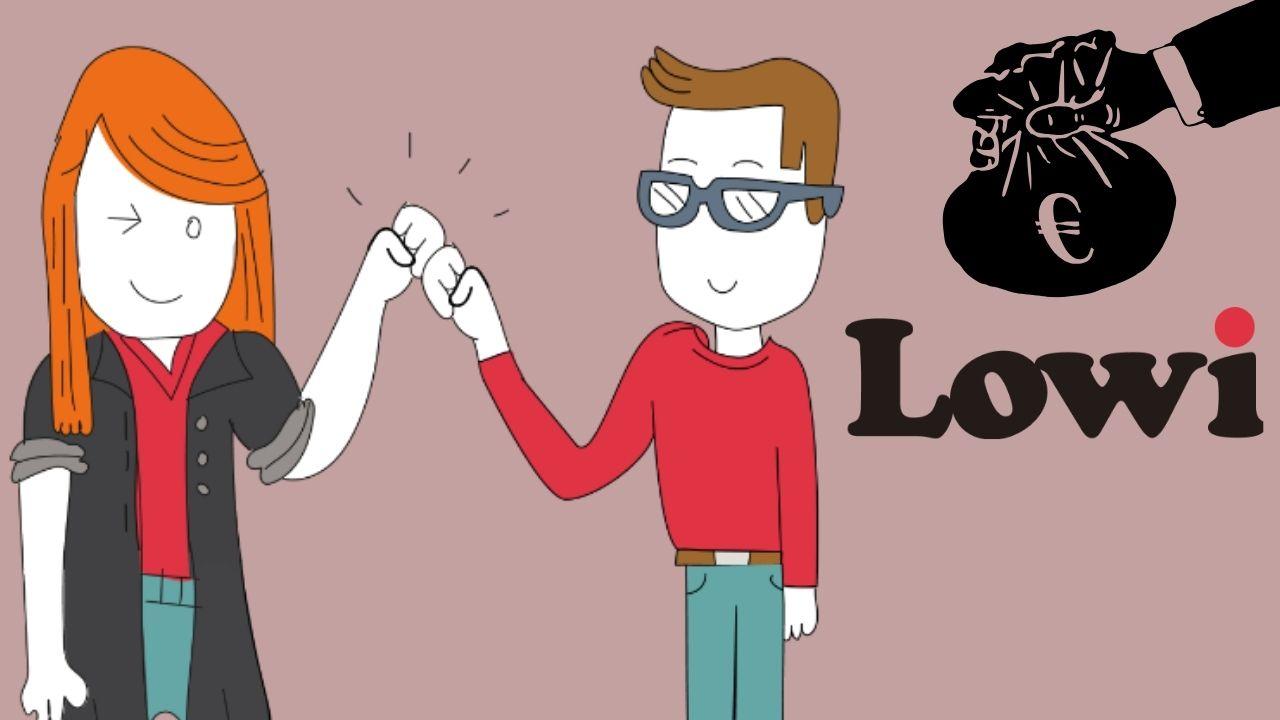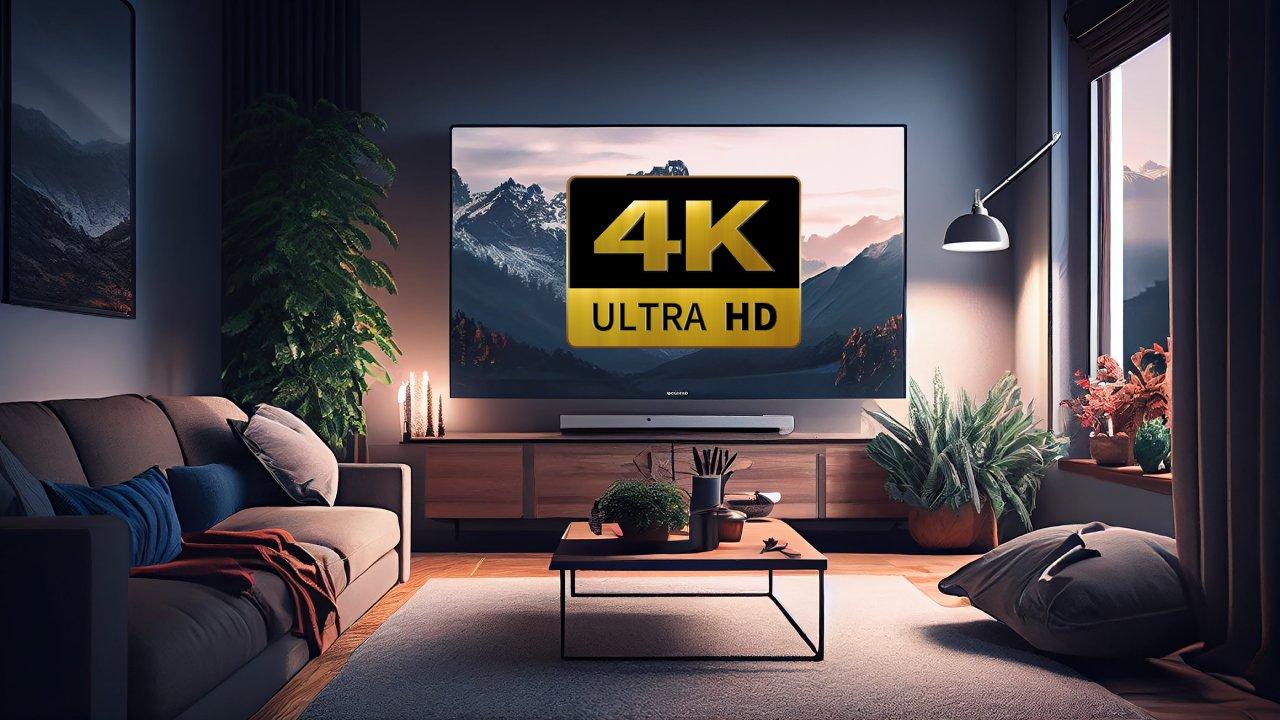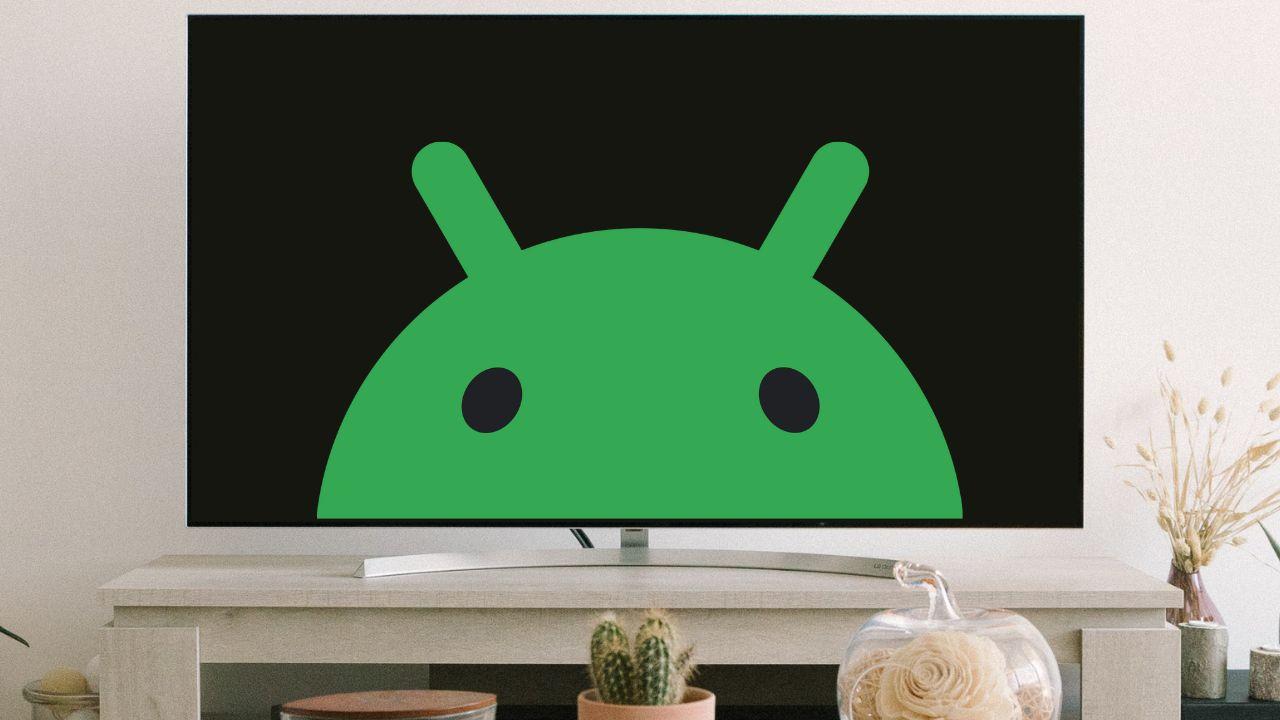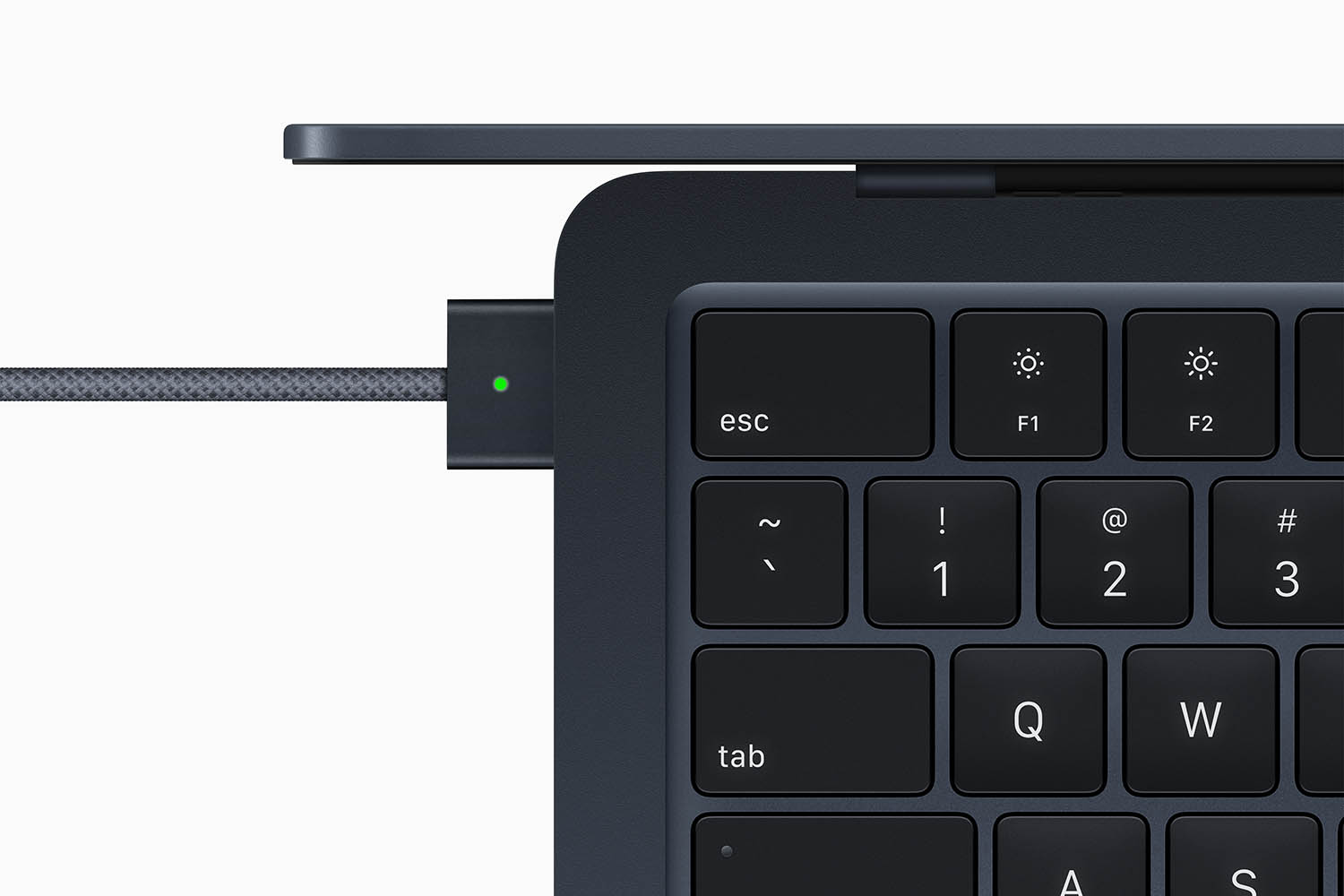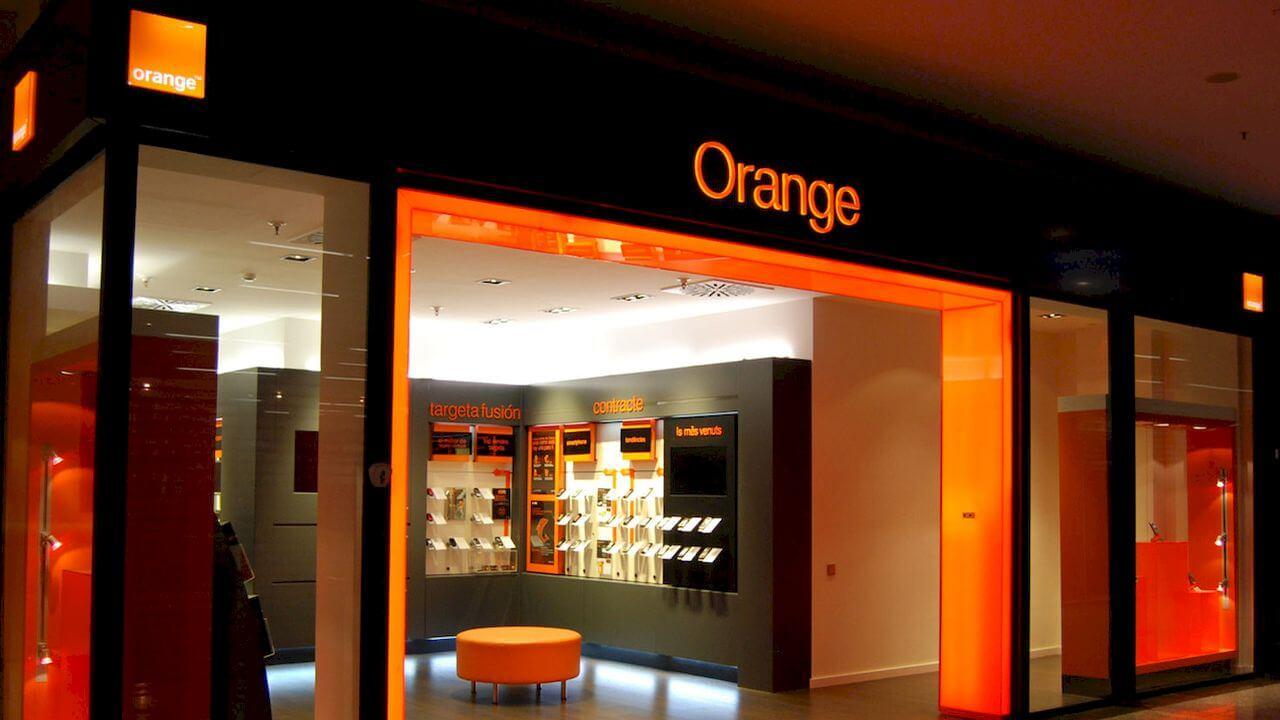
The fines for operators continue, although for different reasons. In March it was Movistar that received a fine and, shortly before, Vodafone had received it. Now it is Orange that has been fined a high amount of 70,000 euros. But what has happened to lead to this situation? What made the Supreme Court punish the famous operator?
As we indicated, this is not the first time that an operator has received a fine. And they are not usually low-caliber punishments, but the amounts always amount to thousands of euros. But, from what is understood, this is the way in which the Supreme Court considers that it can teach telecommunications entities not to resort to certain measures.
70,000 euros for 2015 rates
It is not the first time that an operator has encountered a punishment like this due to its way of promoting rates or services. One of the things that raises the most controversy in the Supreme Court is that there are entities in the sector that use the adjective “unlimited” with the intention of promoting a type of rate that, in reality, is not as unlimited as it is offered.
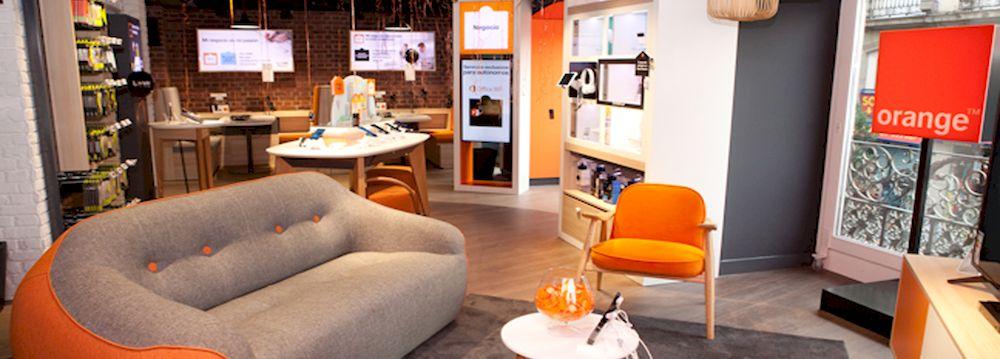
In this specific case, what Orange was doing in 2015 was offering rates that they had, theoretically unlimited calls and messages. But, in reality, what these rates hid was that there was a limit. This was a limit of 150 different recipients for each of the billing cycles. Thus, at the time it was exceeded, if it occurred, the user did face costs.
The Supreme Court has another opinion
It must be taken into account that, previously, the lawsuit that the Generalitat of Catalonia had filed against Orange and the support received by the Catalan Consumer Agency, which was the one that determined the fine of 70,000 euros, were met with two unexpected verdicts. Both the Superior Court of Justice of Catalonia and the Contentious-Administrative Court number 10 of the city of Barcelona had determined that the lawsuit was not admissible.
At the time, they argued that the average consumer had enough capacity to be able to dig into the information on the offers to discover what was hidden behind them. The decision was also justified taking into account that there were very few people who had passed those 150 recipients and that, on the other hand, the average number of recipients per client was relatively moderate. But, above all, special emphasis was placed on the user’s ability to inform themselves and deduce that the promotion in question required a little research to know every detail of it.
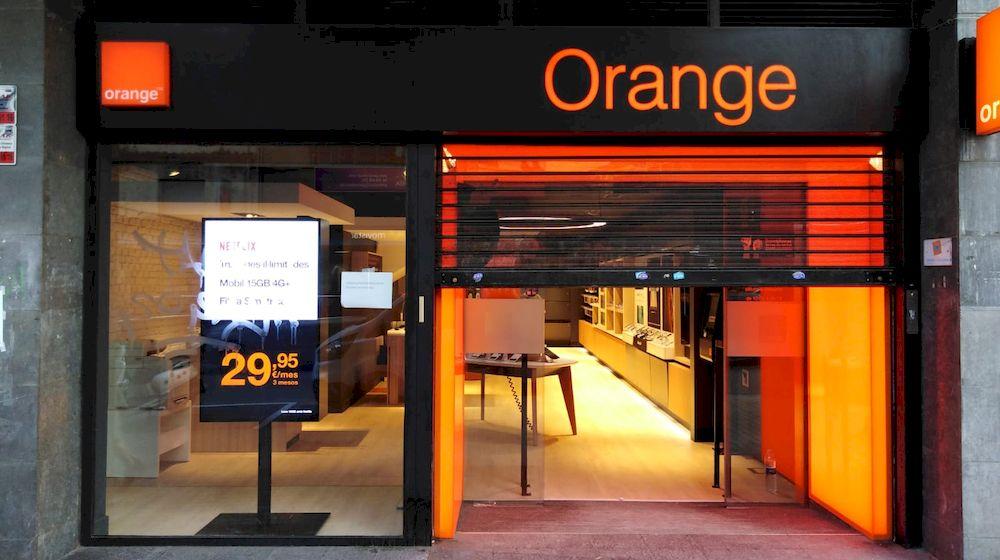
These verdicts have not prevented the measure from being brought into the hands of the Supreme Court, which has given its final verdict. And no matter how much compelling reasons were presented to prevent Orange from suffering the fine, in the end the Supreme Court explained that the fine was deserved as a way of corresponding to the consumer protection policies of the European Union. They also mention Directive 2005/29 of the European Parliament related to the use of unfair commercial practices between companies and consumers.
Furthermore, the Supreme Court highlights that the problem is that Orange used an ambiguous advertising campaign that, by no means, can be justified by indicating that it is aimed at the average consumer. As the Supreme Court mentions, the services offered are designed for the general public and, therefore, must be explained in a clear manner without any room for confusion or error.
As we said, this is not the first time that this type of initiative has been penalized in which an operator uses adjectives such as “unlimited” or “infinite” in its rates when, in reality, there is some type of limit. It has happened before with other entities, so it is not something that has happened only with Orange. However, we must not forget that this demand has been going on since 2015, so it is something that is possibly already more than surpassed.

